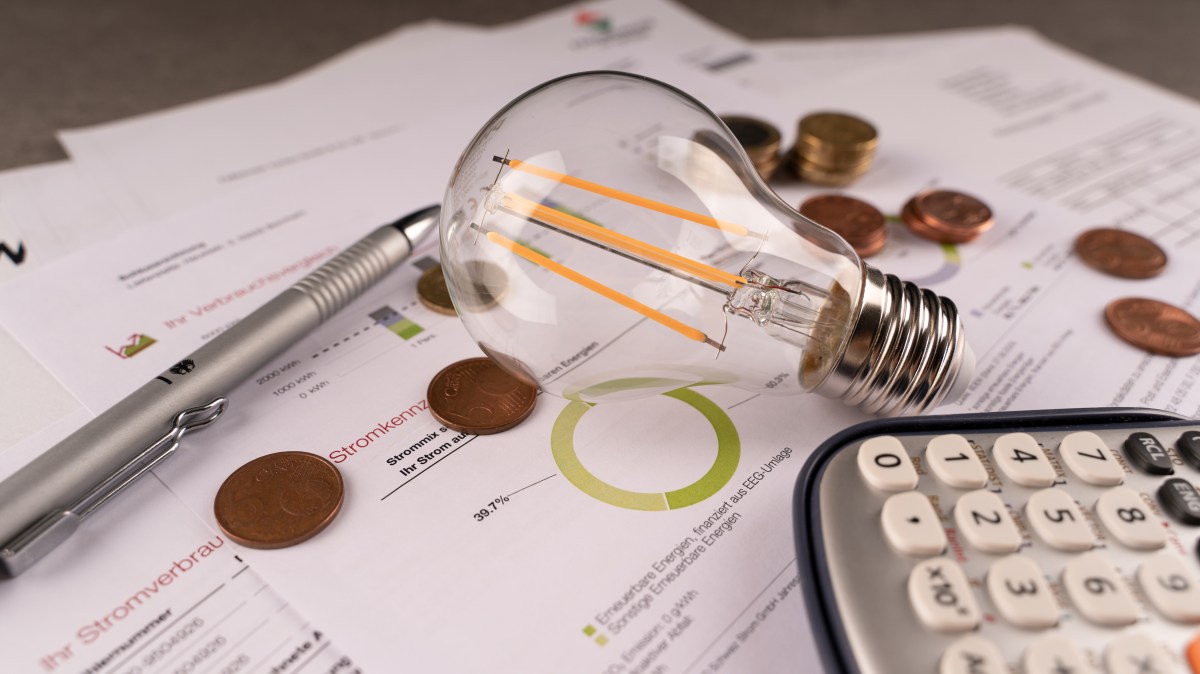Introduction
As energy prices soar, American households are facing a financial reckoning that is forcing families to rethink their spending priorities. A recent survey highlighted a significant shift in consumer behavior, with families making tough choices to cope with increasing utility bills. The pressures of rising electricity, heating, and fuel costs are reshaping household budgets across the nation, affecting everything from daily essentials to long-term savings strategies. In this article, we will examine the causes behind these rising energy costs, the broader economic impacts, and what this trend means for the future of household budgeting in the United States.
Why Are Energy Prices on the Rise?
The surge in energy prices can be traced to a combination of global and domestic factors. Globally, energy demand has surged as economies continue to recover from the COVID-19 pandemic, leading to increased pressure on energy supplies. Additionally, geopolitical tensions, particularly the ongoing conflict in Eastern Europe, have disrupted global oil and natural gas markets, causing volatility in energy prices.
On the domestic front, a lack of investment in infrastructure, along with seasonal changes and extreme weather patterns, has exacerbated the issue. For instance, extreme heat waves in the summer and harsh winters have led to spikes in electricity and natural gas consumption, straining power grids and driving up costs for consumers.
Impact on Household Budgets
The effects of rising energy prices are being felt across all income brackets, but lower- and middle-income families are particularly vulnerable. According to a recent survey by the U.S. Energy Information Administration, nearly 50% of households report that they are now cutting back on discretionary spending to cover the increased costs of heating, cooling, and fueling their homes.
Shifting Spending Priorities
To cope with the rising cost of energy, many families have made significant changes in their spending habits. Some of the most common adjustments include:
- Reducing spending on non-essential items like dining out, entertainment, and travel.
- Cutting back on grocery budgets by opting for cheaper food items and cooking at home more frequently.
- Postponing large purchases, such as new appliances or home renovations, in favor of covering energy bills.
These changes are not just temporary but have the potential to shape consumer behavior in the long term. Families are becoming more conscious of energy consumption and seeking ways to lower their utility bills, including investing in energy-efficient appliances, weatherizing their homes, and exploring alternative energy sources like solar power.
Broader Economic Implications
The trend of rising energy prices is not isolated to households alone. It has ripple effects across the broader economy. As consumers tighten their belts, businesses that rely on discretionary spending are seeing declines in sales. Retailers, restaurants, and entertainment venues are among the hardest-hit sectors, as consumers prioritize essential goods and services over leisure activities.
Additionally, the increased cost of living may lead to higher inflationary pressures. With families dedicating more of their income to energy bills, they have less disposable income to spend on other goods and services. This, in turn, could slow economic growth as businesses face reduced demand for non-essential products and services.
The Role of Government and Policy Makers
As the pressure on household budgets continues to mount, many policymakers are calling for increased government intervention to mitigate the impact of rising energy prices. Proposals range from direct energy subsidies for low-income households to broader reforms aimed at increasing the domestic production of energy. Additionally, there are calls for investment in renewable energy infrastructure as a long-term solution to energy price volatility.
At the federal level, the Biden administration has already implemented some measures aimed at easing the burden on consumers, including expanding access to energy assistance programs and promoting energy-efficient housing initiatives. However, experts argue that more needs to be done to address the root causes of energy price increases, such as investing in modernizing the energy grid and diversifying energy sources to reduce dependence on volatile fossil fuel markets.
The Future of Household Budgeting
The current trend of rising energy prices suggests that household budgets may never return to the pre-2020 norm. As families adjust to higher costs, they are becoming more conscious of their energy consumption and prioritizing energy efficiency in their daily lives. This shift may lead to permanent changes in consumer behavior, including a greater reliance on energy-efficient technologies and a move toward more sustainable living practices.
Adapting to the New Normal
Households may increasingly turn to a variety of strategies to deal with higher energy costs in the future, such as:
- Home energy audits: Homeowners will likely invest in energy audits to identify areas where they can reduce energy consumption, such as insulation improvements, sealing leaks, and upgrading heating and cooling systems.
- Renewable energy adoption: Solar panels, wind turbines, and geothermal heating systems could become more common in residential areas as families seek alternative energy solutions to stabilize costs.
- Smarter consumption: Energy-efficient appliances, smart thermostats, and other technology-driven solutions that optimize energy use will likely see increased demand as consumers look to lower their monthly utility bills.
Conclusion
The rising cost of energy is undeniably reshaping American household budgets, forcing families to make tough financial decisions. While this trend is likely to persist in the near term, it is also catalyzing broader changes in how we approach energy consumption and household finances. The shift towards energy efficiency and sustainability may provide a long-term solution to the challenges posed by rising energy prices, but it will require continued investment in technology and infrastructure, as well as strong government support. As households navigate this new economic reality, the choices they make today could have lasting effects on both their finances and the broader economy.
For further reading on the latest energy market trends and government initiatives, check out this resource from the U.S. Department of Energy.
See more CCTV News Daily
